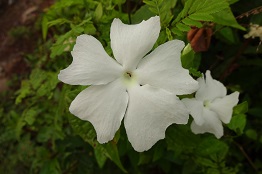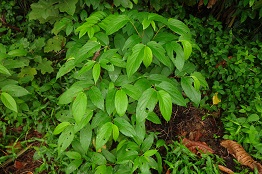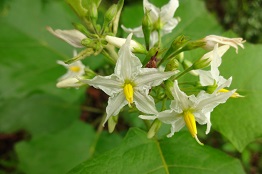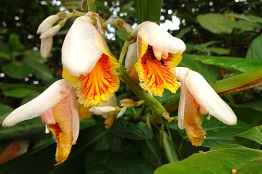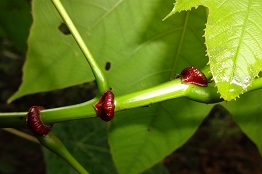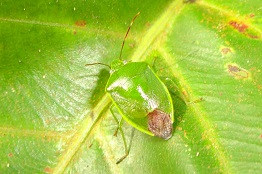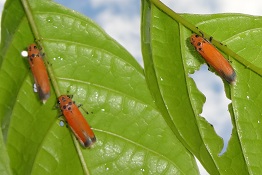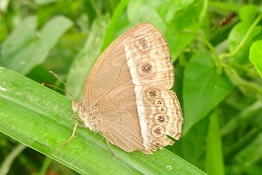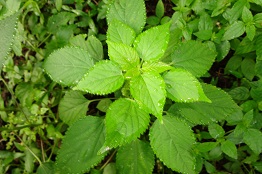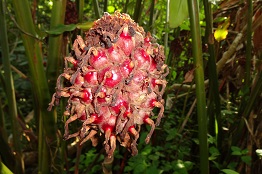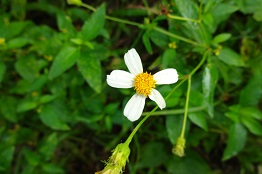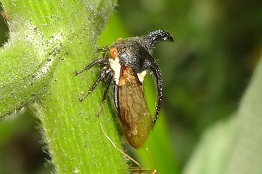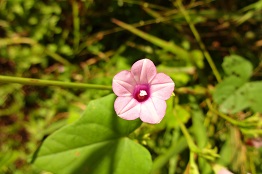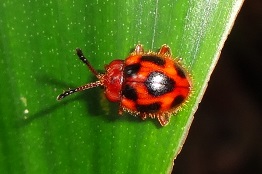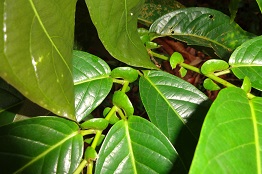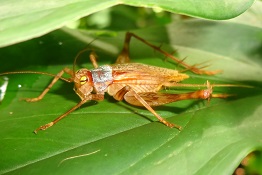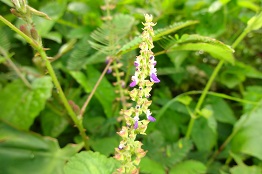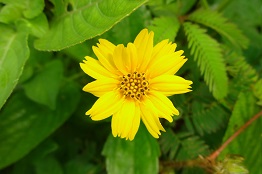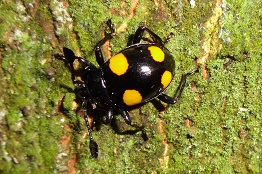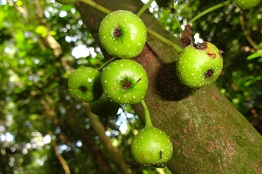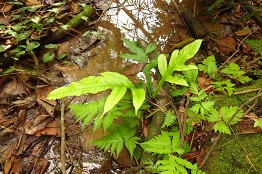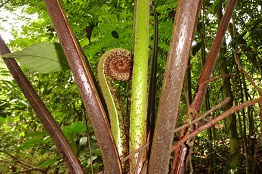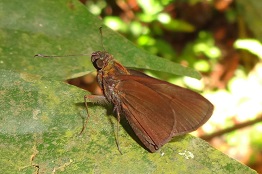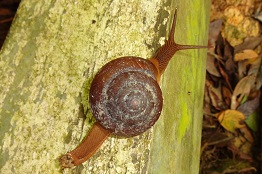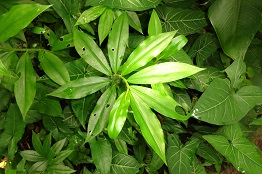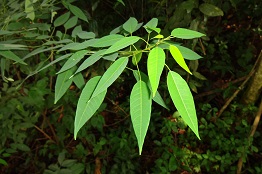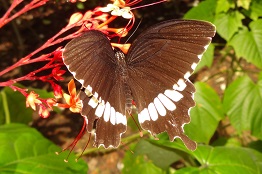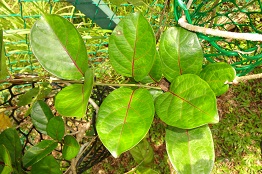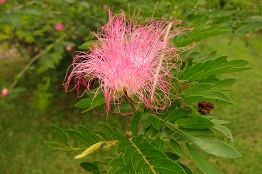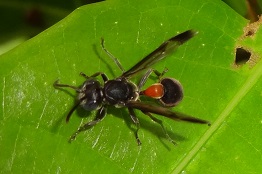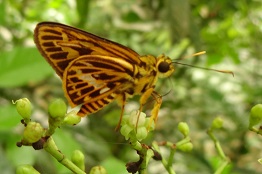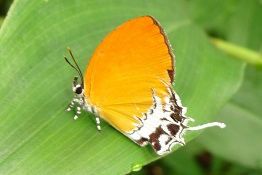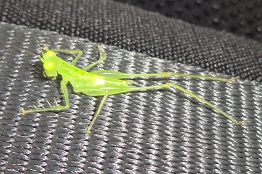Highlight:
Almost a year ago had gone by since I last came by Dairy Farm Nature Park. Over the last one year, I had expanded my focus to include the little creatures seen among the greens. With that, the trips these days had taken a different dimension. In the past, there were disappointing times where I could not even find a single new plant to add to my website. But now, even when there was no new plant, there would always be some little creatures around to satisfy my curiosity.
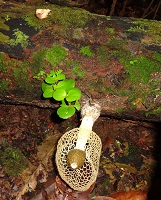
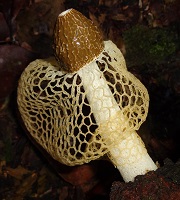 Today was no exception. I took more pictures of minibeasts than plants. More so because the creatures were usually tiny and they moved, I had to take a few more photos of each creature to be sure that I might eventually get a decent clear picture.
Today was no exception. I took more pictures of minibeasts than plants. More so because the creatures were usually tiny and they moved, I had to take a few more photos of each creature to be sure that I might eventually get a decent clear picture.
The first moment of excitement was the sighting of a Bamboo Fungus (Phallus indusiatus), a type of edible mushroom that is cultivated commercially. Descending from its cap is a unique net-like structure that cover the stalk. The last time I saw one was a few years back. This one grew from an old log and it was parallel to the ground.
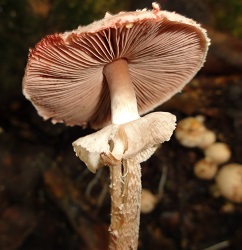
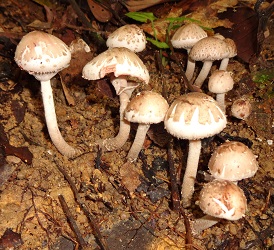 Some mushrooms or to be exact, their fruiting bodies, appeared all year round such as some common bracket mushrooms. In contract, Bamboo Fungus is quite rare and it tends to appear as individual rather than in groups.
Some mushrooms or to be exact, their fruiting bodies, appeared all year round such as some common bracket mushrooms. In contract, Bamboo Fungus is quite rare and it tends to appear as individual rather than in groups. 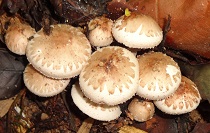
Along one of the track, one large colony was spotted. These mid-size cap gilled mushrooms were sprouting all over the place with young and mature ones. The gills at the underside of the cap was brown in colour and there was a ring near the opper end of the stalk.
Mosses are common in moist area such as the forest but they are often overlooked due to their miniature size and inconspicuous appearance. Collectively, large colonies appeared as patch of greenish patch on different types of surfaces. The life cycle of mosses is quite similar to that of ferns. With the mini-size, visualizing the structures of mosses is tough. The erected stalk-like structures with an enlarge head on top are the sporophytes that contain the spores.
After comparing the pictures in the guide book of mosses in Singapore published by the Science Centre, the one that I saw seemed to be Pelekium velatum in view of the feather-like pinnate branches of the fronds (leaves). According to the book (page 88), the only known locality of this moss in Singapore is at the Singapore Botanical Gardens. This might be a rare moss if my deduction of its identity was correct.




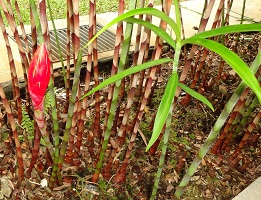
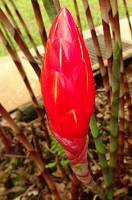
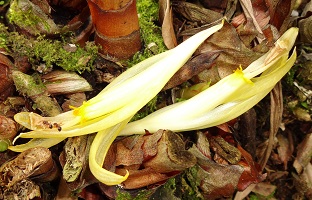 Besides the moss above, the only other plant sighting that worth highlighting was the flowers from the Bamboo Ginger (Costus stenophyllus) although the flowers had already fallen to the ground. I had been eyeing for the flowers of this Costus species for some years at a large plot at another location but they had refused to bear a single flower up till today.
Besides the moss above, the only other plant sighting that worth highlighting was the flowers from the Bamboo Ginger (Costus stenophyllus) although the flowers had already fallen to the ground. I had been eyeing for the flowers of this Costus species for some years at a large plot at another location but they had refused to bear a single flower up till today.
This nature park was full of all sorts of creatures. However, most people might have missed them because the minibeasts were relatively small in size and scramble for cover as soon as they felt any disturbance in the surrounding. Below were 7 creatures that I had seen for the first time. They consisted of a snake (Striped Bronzeback; Dendrelaphis caudolineatus), a butterfly (Malayan Bush Brown; Mycalesis fusca fusca) and 5 beetles (2 Leaf Beetles, a green Tiger Beetle, a Soldier Beetle, and a Firefly). Now I had a much better appreciate of the vast diversity of beetles in our forested area.







 Overall, the most amazing picture was this
one with 2 wasps in mid-air appraching a huge rock. By pure luck, I managed to bring my camera close enough to snap just one picture
before the 2 fellas dashed off. It turned out that this one-and-only picture looked pretty cool. One of them was a lighter in colour
which made me suspect that they might be a pair of male and female.
Overall, the most amazing picture was this
one with 2 wasps in mid-air appraching a huge rock. By pure luck, I managed to bring my camera close enough to snap just one picture
before the 2 fellas dashed off. It turned out that this one-and-only picture looked pretty cool. One of them was a lighter in colour
which made me suspect that they might be a pair of male and female.
It was a really fruitful outing with all the nice pictures taken and the wonder of nature surrounding me all the while while I was there. I just hope that these natural places will be left alone as long as possible. The steep increase in human population over the last few years in this small island is quite worrisome especially the pressure that they are exerting on the little remaining natural areas that we have are left with.
Photo Gallery:
Below are selected photos from this trip arranged according to the sequence that they were taken. There is a text link under the photo that will direct you to more photos of the same species if they are available in my website.
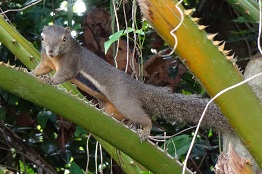
DSC05156
Callosciurus notatus
(Plantain Squirrel)
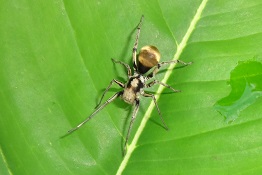
DSC05178
Castianeira sp.
(Ant-Mimicking Sac Spider)
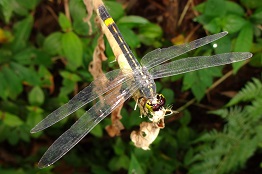
DSC05217
Agrionoptera sexlineata
(Handsome Grenadier)
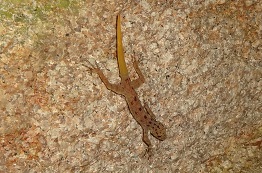
DSC05227
Cnemaspis kendallii
(Kendall's Rock Gecko)
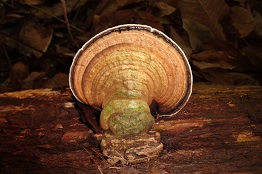
DSC05228
Ganoderma tropicum
Polypore Mushroom
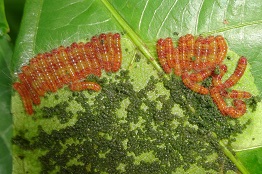
DSC05235
Unknown Caterpillars
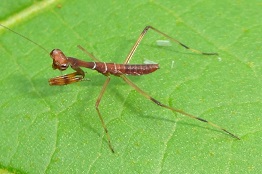
DSC05270
Hierodula patellifera
Praying Mantis
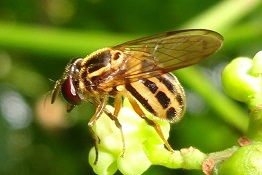
DSC05309
Flower Fly
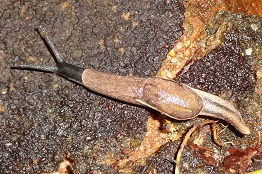
DSC05370
Parmarion martensi
(Yellow-shelled Semi-slug)
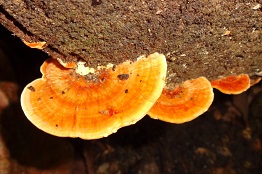
DSC05379
Bracket Mushroom
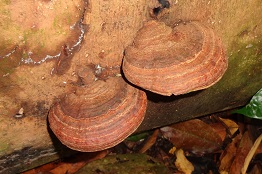
DSC05434
Polypore Mushroom
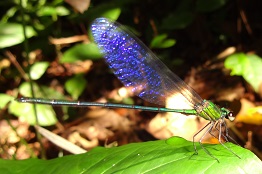
DSC05486
Vestalis amethystina
(Damselfly)
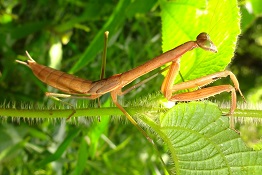
DSC05490
Praying Mantis
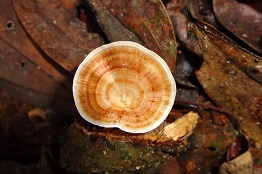
DSC05501
Microporus xanthopus
Polypore Mushroom
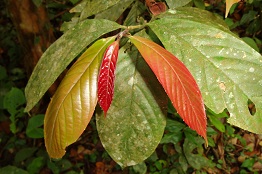
DSC05513
Unknown Plant
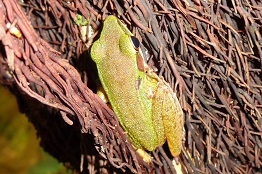
DSC05544
Polypedates macrotis
(Dark-eared Tree Frog)
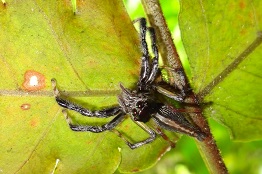
DSC05595
Jumping Spider
(Family: Salticidae)
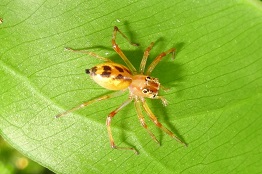
DSC05640
Bathippus sp.
(Jumping Spider)
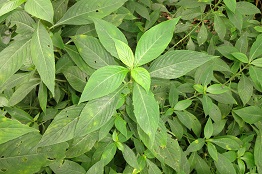
DSC05712
Unknown Shrub
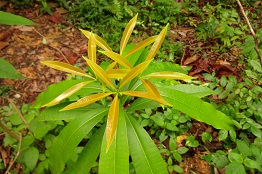
DSC05732
Alstonia sp.
(Pulai Tree)
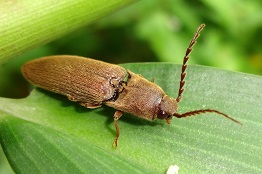
DSC05758
Agriotes sp.
(Click Beetle)
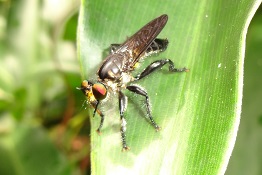
DSC05763
Robber Fly
Statistics:
